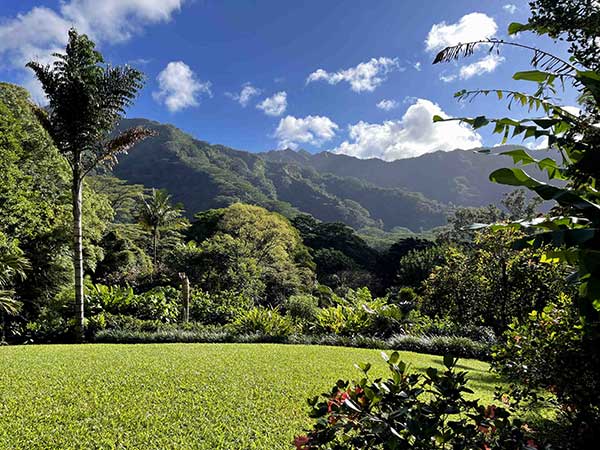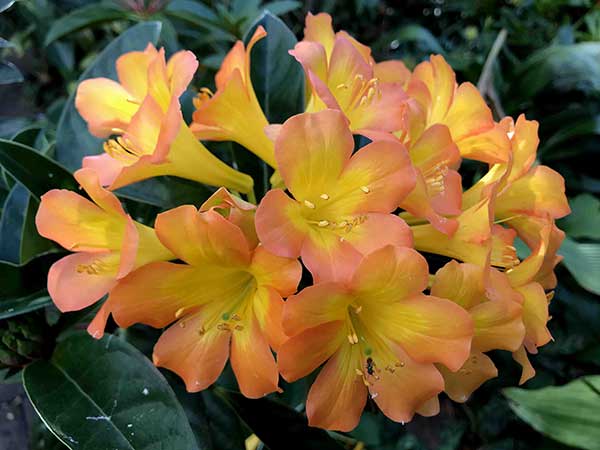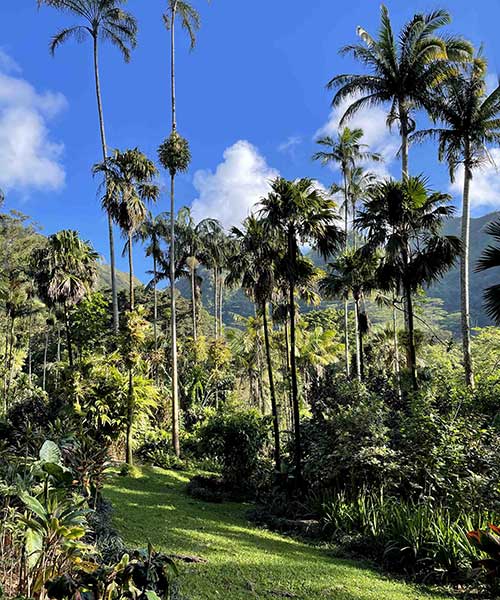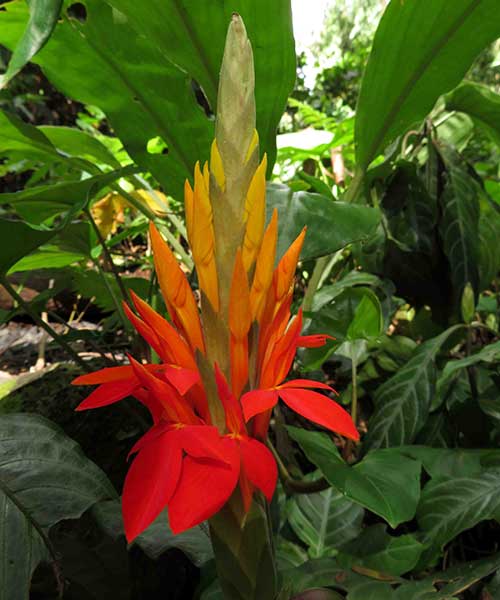
Visions of Eden on Oʻahu
January, 2022
Mōhala i ka wai ka maka o ka pua.
(Unfolded by the water are the faces of flowers.)
Hawaiian proverb—ʻŌlelo Noʻeau #2178
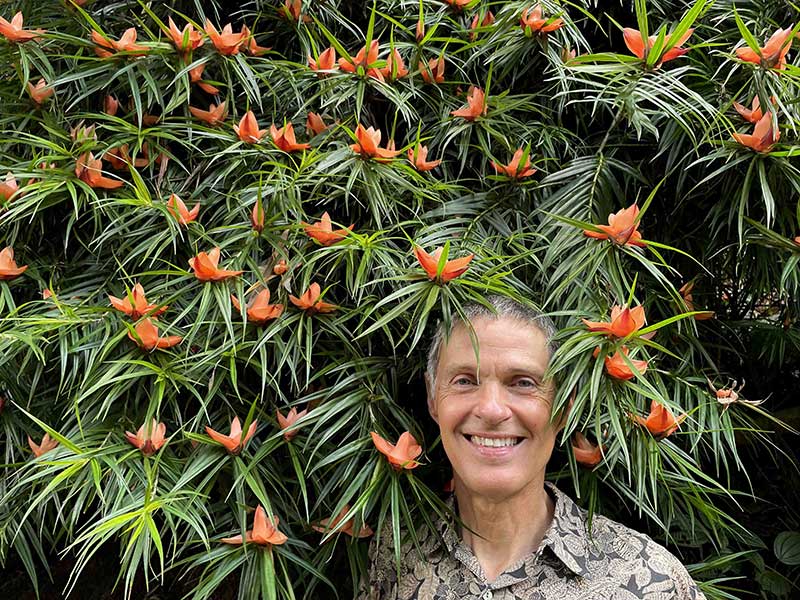
When I was a fidgety kid in small-town Arkansas of the 1960s, my blossom-loving mother, a devout Baptist homebody, would often wonder aloud if the mystical, garden-studded islands of Hawaiʻi (which she pronounced huh-WAH-yuh and knew about only from the occasional television special or an odd issue of National Geographic), might be remnants of the biblical Garden of Eden. Mama never had the chance to find out for herself, but the seed of curiosity she sowed in my mind germinated a decade later during a two-hour layover in the Honolulu airport while en route to Japan as an exchange student. Transfixed by intoxicating floral fragrances wafting about the open-air transit lounge in the darkness of a February night, I vowed to return.
For the last 35 years I’ve been able to spend a couple of weeks or so per annum in the Aloha State, in awe of its natural bounty and increasingly respectful of the wealth and wisdom of native Hawaiian culture, its environmental ethos and its emphasis on the primacy of ʻāina, the land. Even though the arrival of Yankee sugarcane and pineapple planters a couple of centuries ago led to 150 years of ecological indignities across much of the archipelago, in the wake of these industries’ collapse local governments have managed to salvage and restore much of the ravaged land and return it to public use. This is especially evident in the six major public botanical gardens on the island of Oʻahu, home to 70% of the state’s population. The City and County of Honolulu operate five of these, of which the flagship is the revered Foster Botanical Garden near downtown Honolulu, just a few blocks from the state capitol. Our focus today, however, is a trio of lesser known but equally luminous horticultural destinations.
Wahiawā Botanical Garden—Hiding in plain sight near the geographic center of the island, this 27-acre gem stands out on several fronts. Far from the glitz and glamour of Waikiki, the garden lies smack in the middle of the working-class town of Wahiawā, itself perched on a well-watered plateau about 1000 feet above sea level. This higher rainforest setting favors towering tropical trees (most festooned with ferns, philodendrons and orchids) that prefer cooler nights. Established nearly 100 years ago by the Hawaiʻi Sugar Planters Association to test appropriate arboreal species for use in restoration of degraded watersheds, planting was directed by botanical titan Dr. Harold Lyon. The land was returned to the state in 1950 and opened to the public in 1957, the year Dr. Lyon died (and rather auspiciously, the year I was born). Admission is free, and the garden’s main network of wide, smooth walkways is fully accessible.
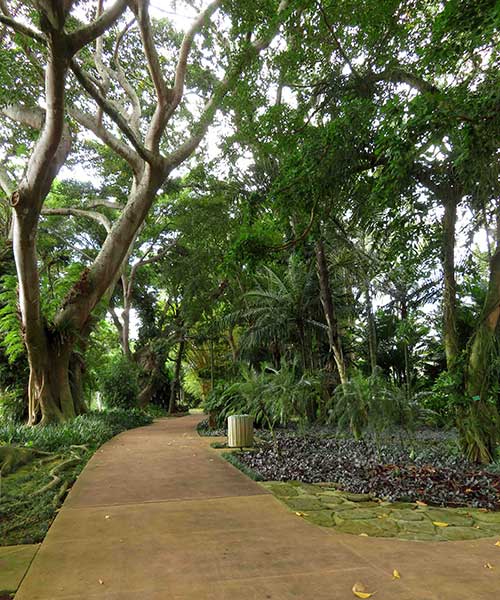
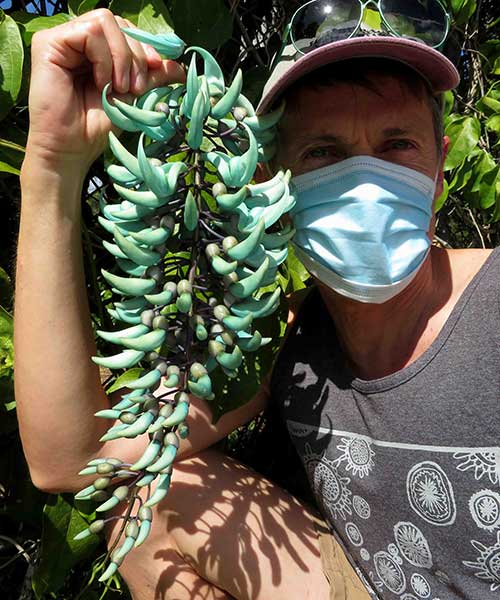
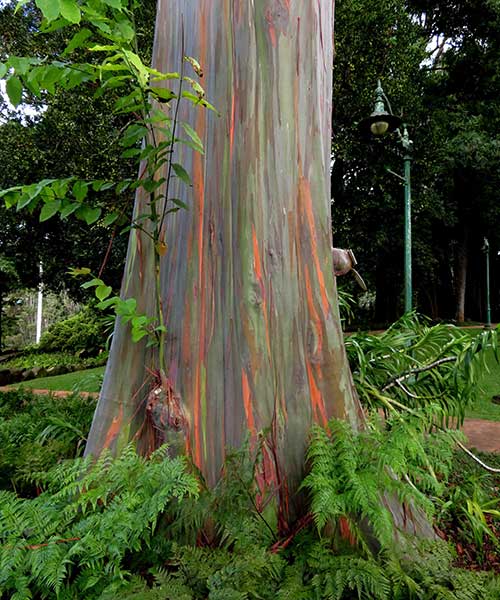
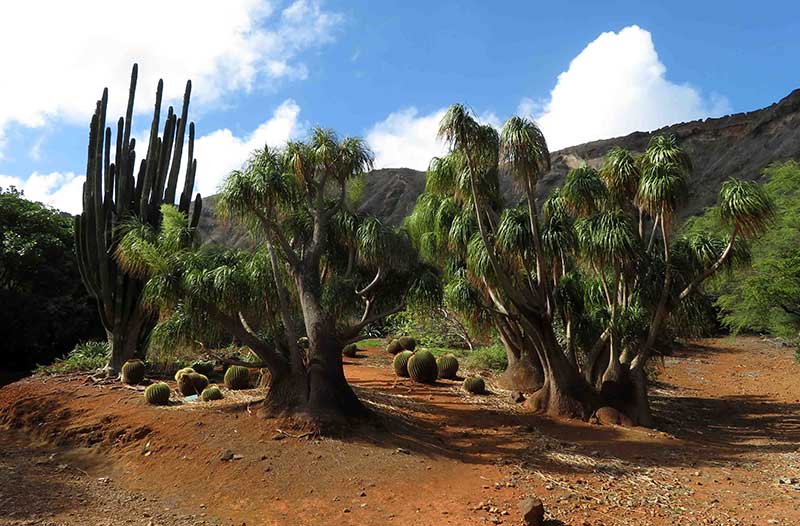
Koko Crater Botanical Garden—Anchored at the arid east end of the island inside an extinct volcanic cone, this xeriscape wonderland —although a scant eight linear miles from the lushness of Lyon Arboretum— seems a world apart. Established in 1958 to showcase endangered dry-climate plants from many frost-free parts of the planet, the collection covers 60 acres of the crater floor and lower slopes, with the remaining 140 acres of crater walls serving as a warm, sheltering screen that keeps the woes of the world at bay. Visits begin along an earthen allée lined with wide swaths of bougainvillea on the right and a plethora of plumeria on the left. This leads to a two-mile gravel loop trail that connects distinct collections of Hawaiʻi endemics, American cacti, agaves and cycads, groves of Pachypodiums and other spiny marvels from Madagascar, obese baobabs (Adansonia species) from Africa and Australia and a dizzying array of dryland palms from spots temperate and torrid all around the globe. Admission is free.
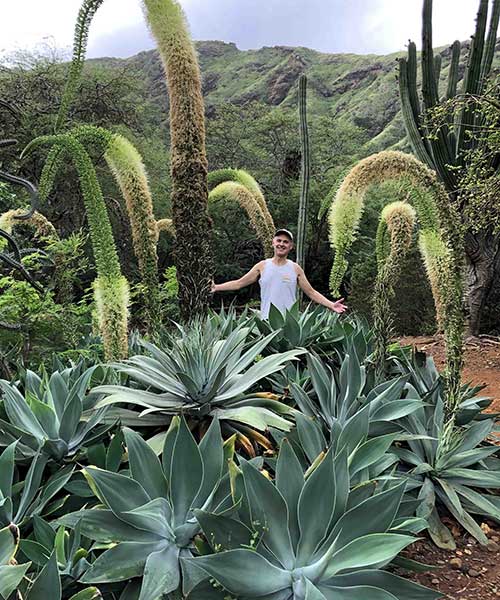
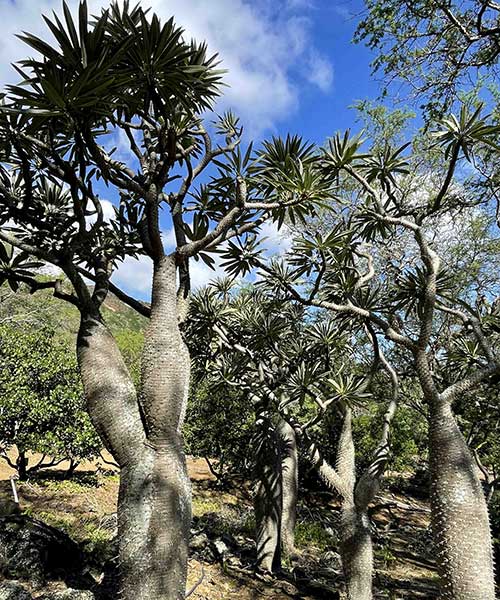
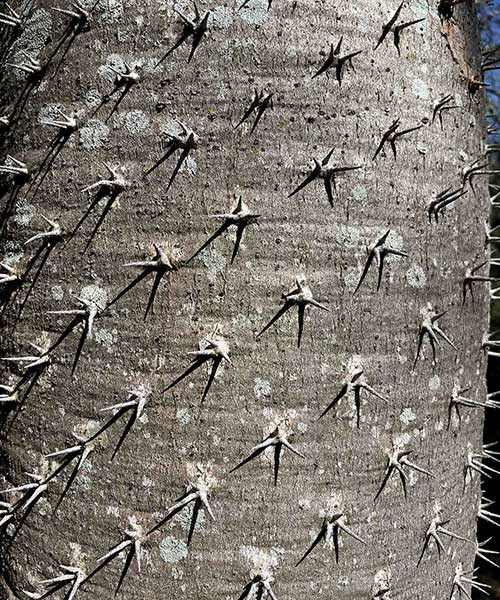
Lyon Arboretum—If pressed to nominate candidates for most beautiful botanical garden on earth, I’d place Lyon among the finalists. Ravishing, gobsmacking, and eye-poppingly gorgeous, it hits a trifecta in ease of access, stunning setting, and quality of collection. Unlike the other gardens featured here, Lyon is a research unit of the University of Hawaiʻi, whose main campus lies a couple of miles away at the lower end of the lush Mānoa neighborhood of Honolulu. Nestled in the upper reaches of this valley and flanked by soaring arms of the Koʻolau Mountains, Lyon’s 200 acres incorporate 12 specialty zones (including the essential Hawaiian Ethnobotanical Garden) that embrace around 6000 taxa of pantropical and subtropical items in plantings initiated by Dr. Lyon exactly 100 years ago. The garden’s 150-plus inches of annual precipitation is responsible for the electric-emerald verdure, but the porous lava-rock substratum results in rapid drainage. Nevertheless, sturdy, water-resistant footwear is advised for those who plan to explore the arboretum’s seven miles of jungle trails.
Standing in the mist at Lyon’s Inspiration Point overlooking the palm-fringed, rainbow-adorned Mānoa Valley, I think back on my mother’s musings half a century ago. Yes, Mama, if there is an Eden in this weary world of ours, surely this is it.
